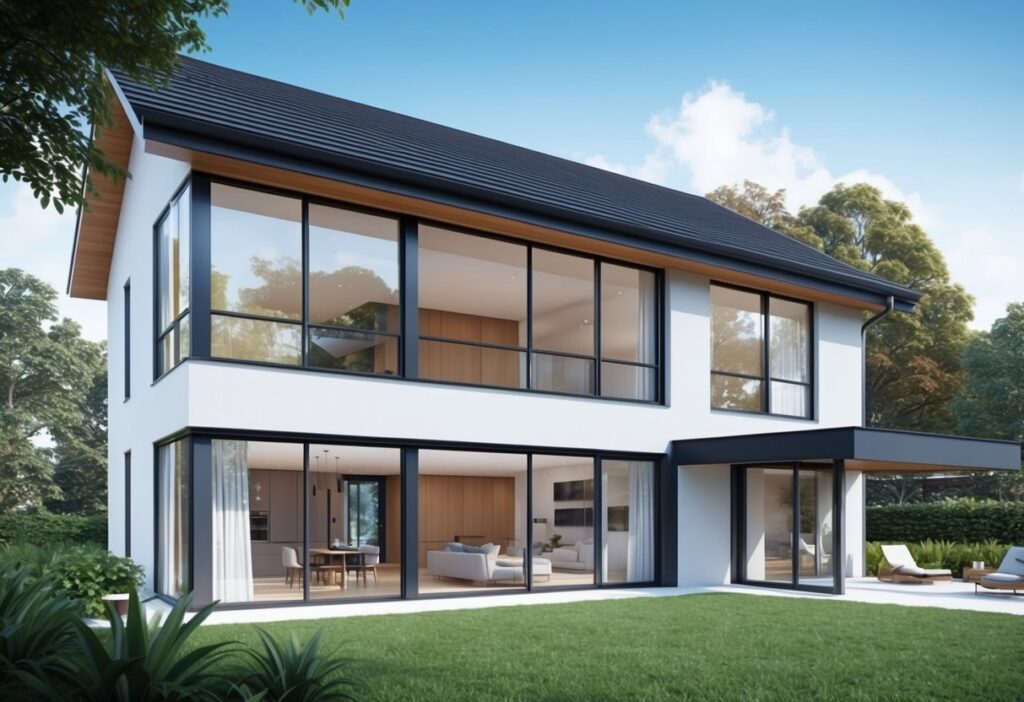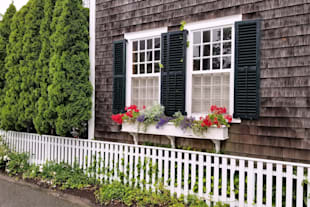Secondary glazing offers a smart way to upgrade windows without replacing them. It involves adding a second pane of glass to existing windows. This creates an extra layer of insulation and soundproofing.
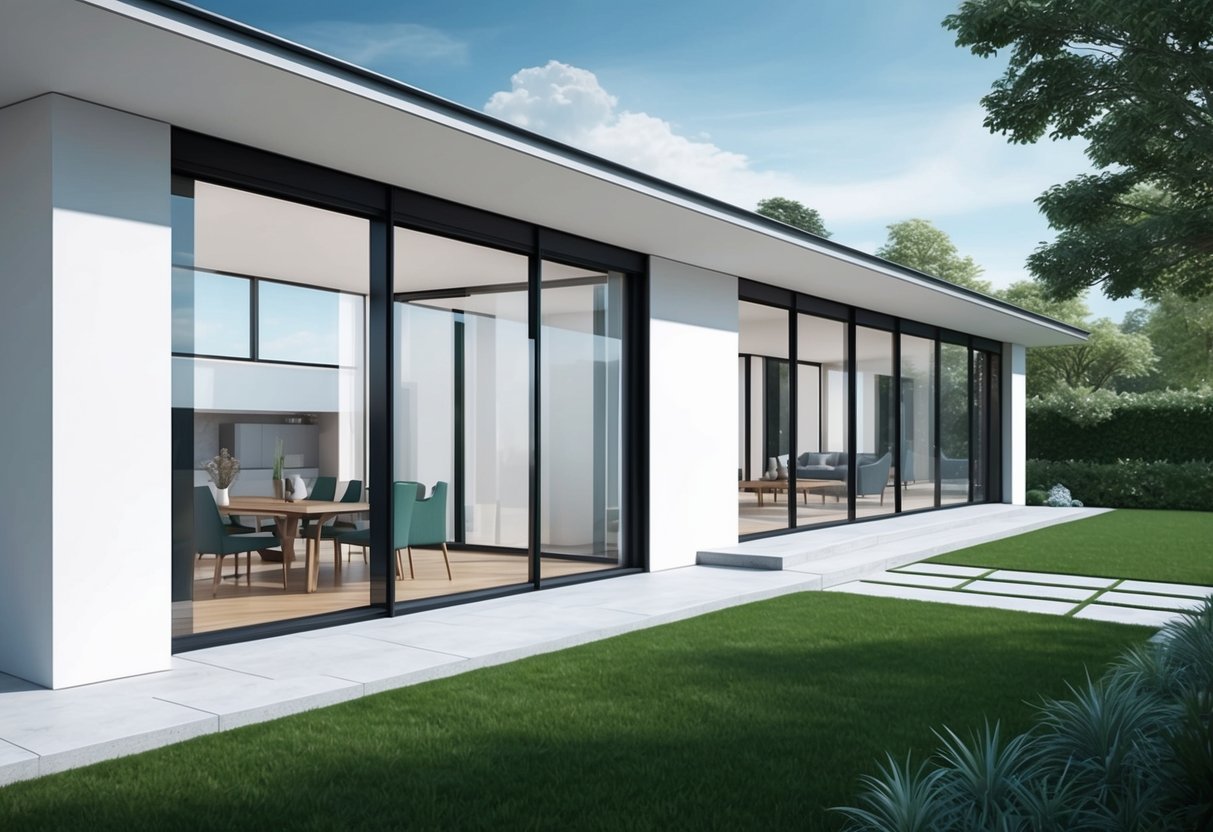
Modern homes can benefit from innovative secondary glazing solutions. These systems use slim aluminium frames and high-performance glass to boost energy efficiency and reduce noise. They work well in both old and new buildings, preserving the look of original windows while improving comfort.
Secondary glazing is ideal for listed buildings and conservation areas. It allows homeowners to enhance their property’s performance without changing its appearance. This makes it a top choice for those who want to balance modern needs with heritage preservation.
Understanding Secondary Glazing
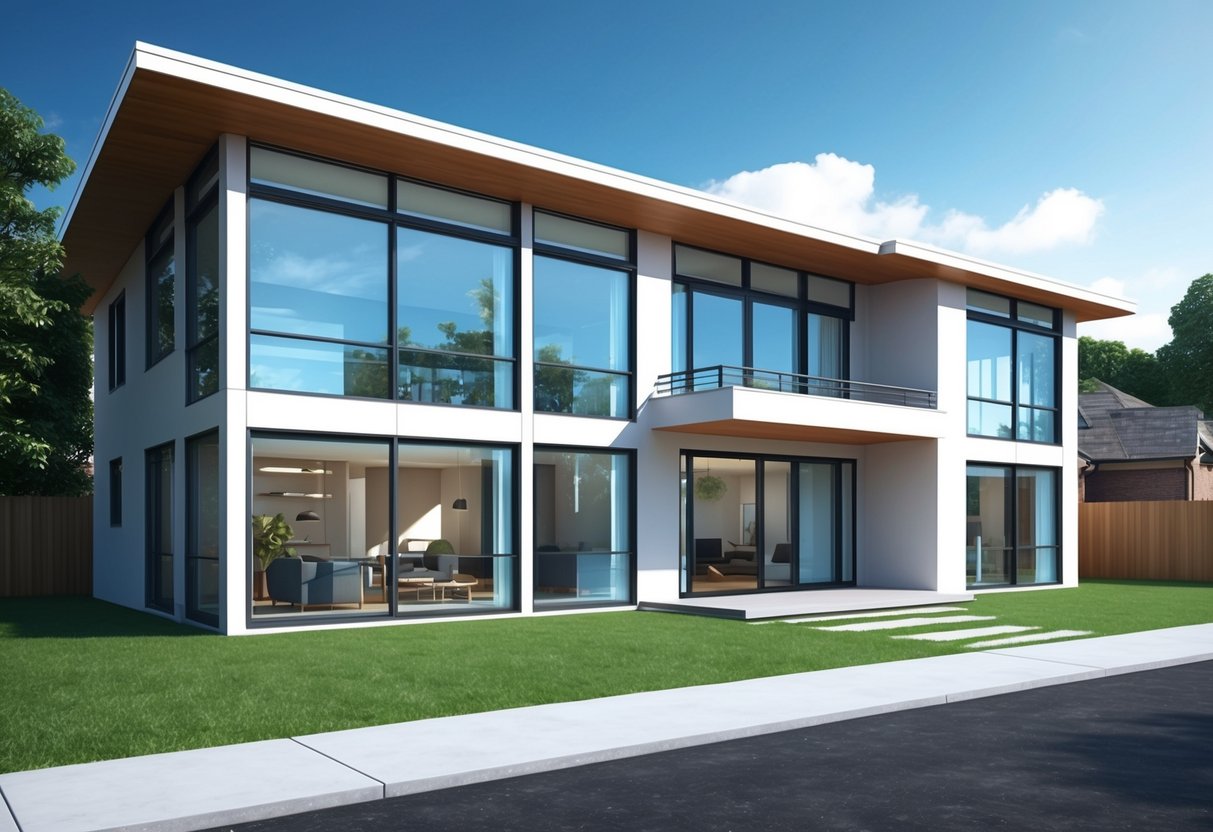
Secondary glazing adds an extra layer of glass or plastic to existing windows. It improves insulation and reduces noise without replacing original frames. This solution works well for many types of buildings, especially older ones.
Comparison With Double and Triple Glazing
Secondary glazing differs from double and triple glazing. Double glazing has two panes of glass in one frame, while triple glazing has three. Secondary glazing keeps the original window intact and adds a separate pane inside.
Secondary glazing costs less than replacing windows. It takes 5-10 years to pay back in energy savings. Double glazing payback takes 20-30 years. Triple glazing may not pay back in a window’s lifetime.
U-values measure heat loss. Secondary glazing can match double glazing’s performance. It may not reach triple glazing levels but still significantly improves single glazing.
Benefits for Historic and Listed Buildings
Secondary glazing suits historic and listed buildings well. It preserves original windows, which often have cultural value. This matters for buildings with restrictions on changes.
Sash windows and box sash windows benefit from secondary glazing. It keeps their look while boosting performance. Bespoke solutions fit unusual shapes and sizes common in old buildings.
Secondary glazing is reversible. Owners can remove it without damage to original features. This flexibility appeals to conservation officers and homeowners alike.
Overview of Secondary Glazing Technologies
Modern secondary glazing comes in various forms. Simple options include plastic sheets fixed to window frames. More advanced systems use glass in separate frames.
Sliding panels suit sash windows. They move up and down like the original window. Hinged units open for cleaning and ventilation. Some tilt out for easy access.
Materials vary. Perspex (acrylic) offers a lightweight option. Toughened glass provides better insulation and security. Some systems come in colours to match existing décor.
Magnetic strips can hold panels in place. This allows easy removal when needed. Other fixings include subtle brackets or frames that blend with window surrounds.
Enhancing Home Insulation
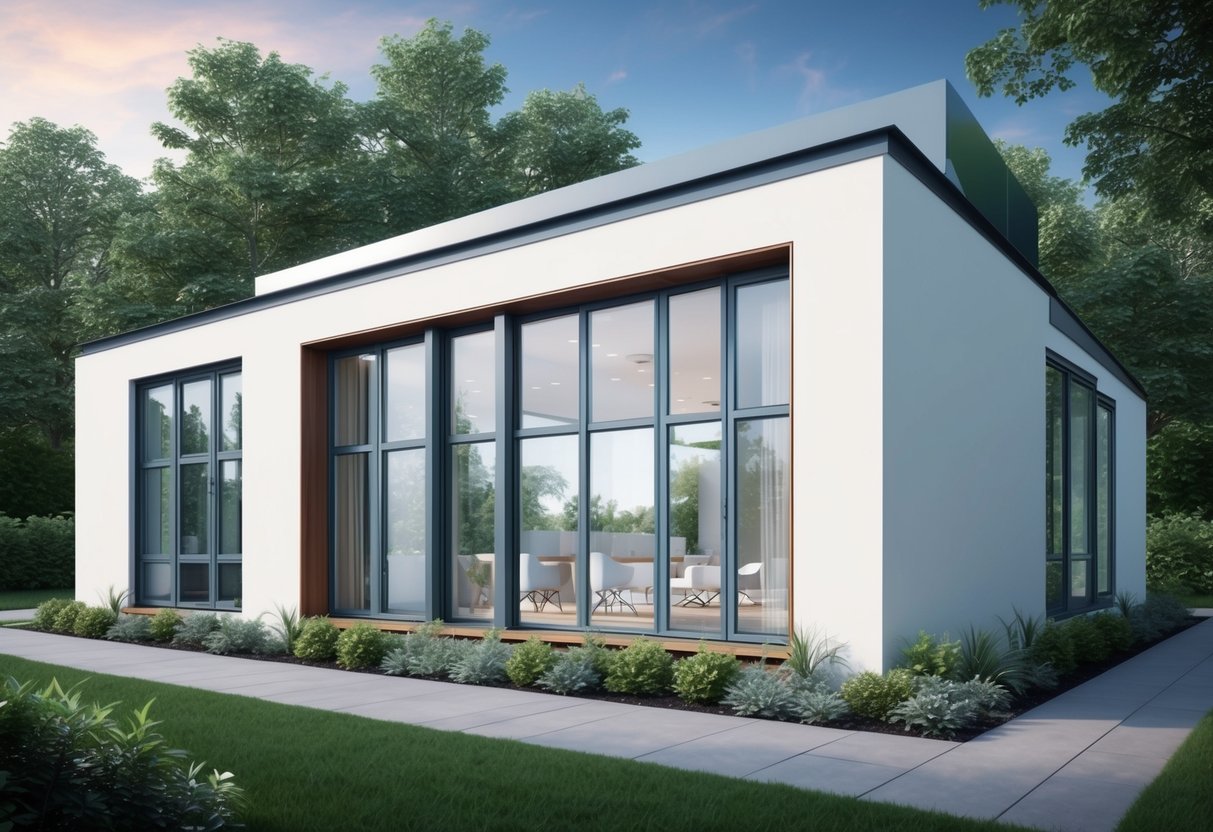
Secondary glazing offers major benefits for home insulation. It improves both thermal and acoustic properties of existing windows.
Thermal Insulation Benefits
Secondary glazing creates an extra layer of insulation, reducing heat loss through windows. This added barrier traps air between the original window and the secondary pane, forming an insulating pocket. The result is better heat retention and improved energy efficiency.
Many homeowners see lower heating bills after installation. The extra glazing helps keep warmth inside during cold months. It also blocks heat from entering in summer, maintaining a comfortable indoor temperature year-round.
Secondary glazing works well with single-glazed windows in older homes. It can bring them closer to the performance of modern double glazing. This makes it a good choice for listed buildings or conservation areas where replacing windows isn’t allowed.
Acoustic Insulation Improvements
Beyond thermal benefits, secondary glazing significantly cuts down on outside noise. The air gap between panes acts as a sound buffer. This makes it very effective at blocking traffic noise, aircraft sounds, and other urban disturbances.
The thickness of the glass and the size of the air gap affect sound insulation levels. Wider gaps generally perform better. Some systems can reduce noise by up to 80%.
This acoustic improvement creates a more peaceful home environment. It’s especially useful for properties near busy roads or in city centres. Better sound insulation can lead to improved sleep quality and reduced stress for residents.
Design and Installation Considerations

Secondary glazing offers flexibility in design and installation. It can enhance a home’s comfort and efficiency while preserving its character. Proper planning is key to achieving the best results.
Customisation and Aesthetics
Secondary glazing comes in various styles to match existing windows. Vertical and horizontal sliders are popular choices. Hinged units work well for casement windows.
Bespoke aluminium secondary glazing provides a sleek, modern look. It can be powder-coated in RAL colours to complement any decor. This allows the glazing to blend seamlessly with the interior.
For period properties, discreet designs are available. These preserve the original character of the building. In conservation areas, secondary glazing is often preferred to replacement windows.
Installation Process and Planning Permission
Installing secondary glazing is typically straightforward. It doesn’t usually require planning permission. This makes it an attractive option for listed buildings or conservation areas.
The process begins with accurate measurements of the existing windows. Custom frames are then manufactured to fit precisely. Professional installation ensures a proper seal and smooth operation.
Some homeowners opt for DIY installation kits. These can be a cost-effective solution for simple window designs. However, professional fitting is recommended for complex or large-scale projects.
Maintenance and Durability
Secondary glazing is known for its longevity. High-quality aluminium frames are resistant to corrosion and warping. This ensures they remain functional for many years.
Maintenance is minimal compared to traditional windows. Regular cleaning with soap and water keeps the glass and frames in good condition. Moving parts may need occasional lubrication.
The extra layer of glazing protects the original windows from weathering. This can extend the life of historic windows. It also reduces the need for frequent repainting or repairs.
Cost and Efficiency
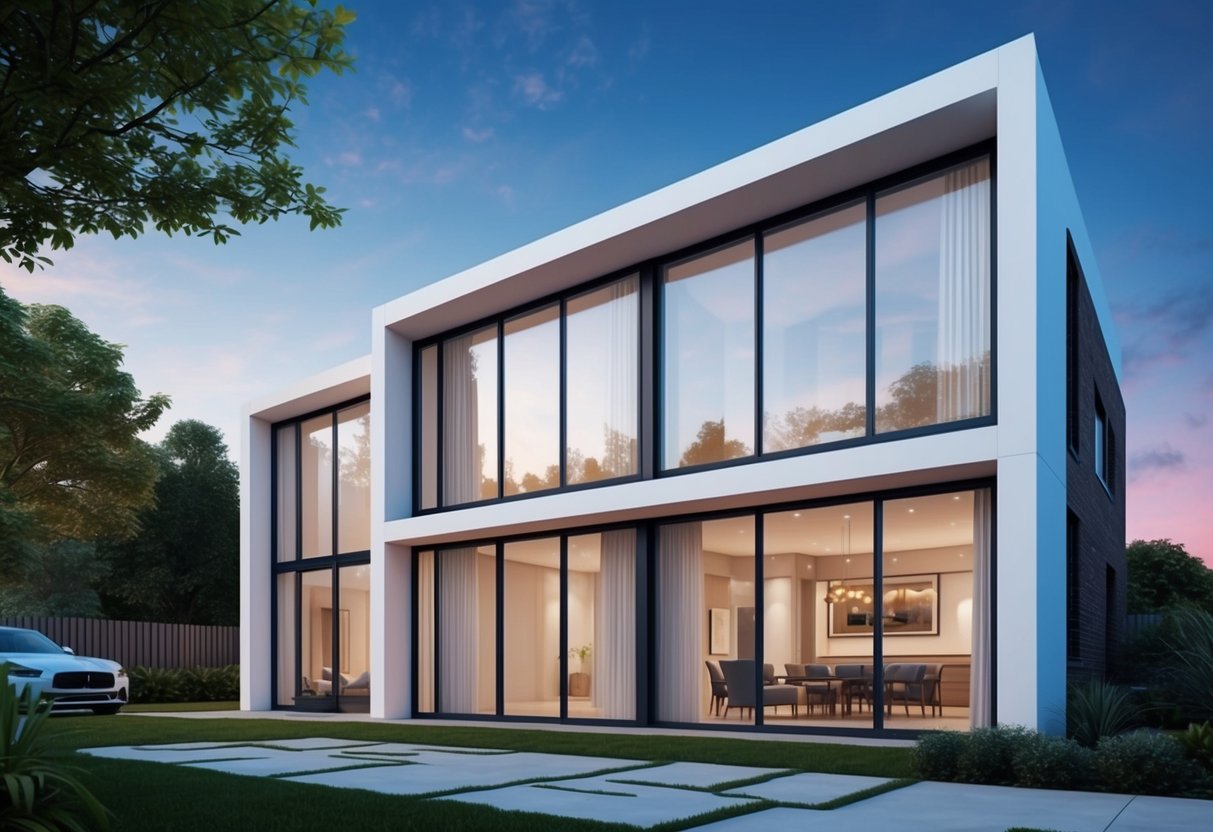
Secondary glazing offers a balance of affordability and energy savings. It can be a smart investment for homeowners looking to improve their property’s efficiency.
Analysing the Cost of Secondary Glazing
Secondary glazing prices range from £200 to £500 per square metre, depending on the window size and type. A typical 1m x 1m window costs about £300 for materials and installation. Labour rates are £15-£20 per hour or £120-£160 per day.
For a medium-sized house with 8-10 windows, the total cost is around £3,720. This is significantly less than double glazing, which averages £6,010 for a similar-sized home.
Prices can vary based on:
- Window size and shape
- Type of secondary glazing (sliding, hinged, etc.)
- Quality of materials used
Impact on Energy Bills and Efficiency
Secondary glazing can cut energy bills by up to 20%. It adds an extra layer of insulation, reducing heat loss through windows.
Benefits include:
- Lower heating costs in winter
- Improved comfort with fewer draughts
- Reduced carbon footprint
The energy savings can help offset the initial installation cost over time. Homes with secondary glazing often see a boost in their energy efficiency ratings, which can increase property value.
While not as effective as double glazing, secondary glazing is a cost-effective option for improving a home’s energy performance, especially in listed buildings or conservation areas.
